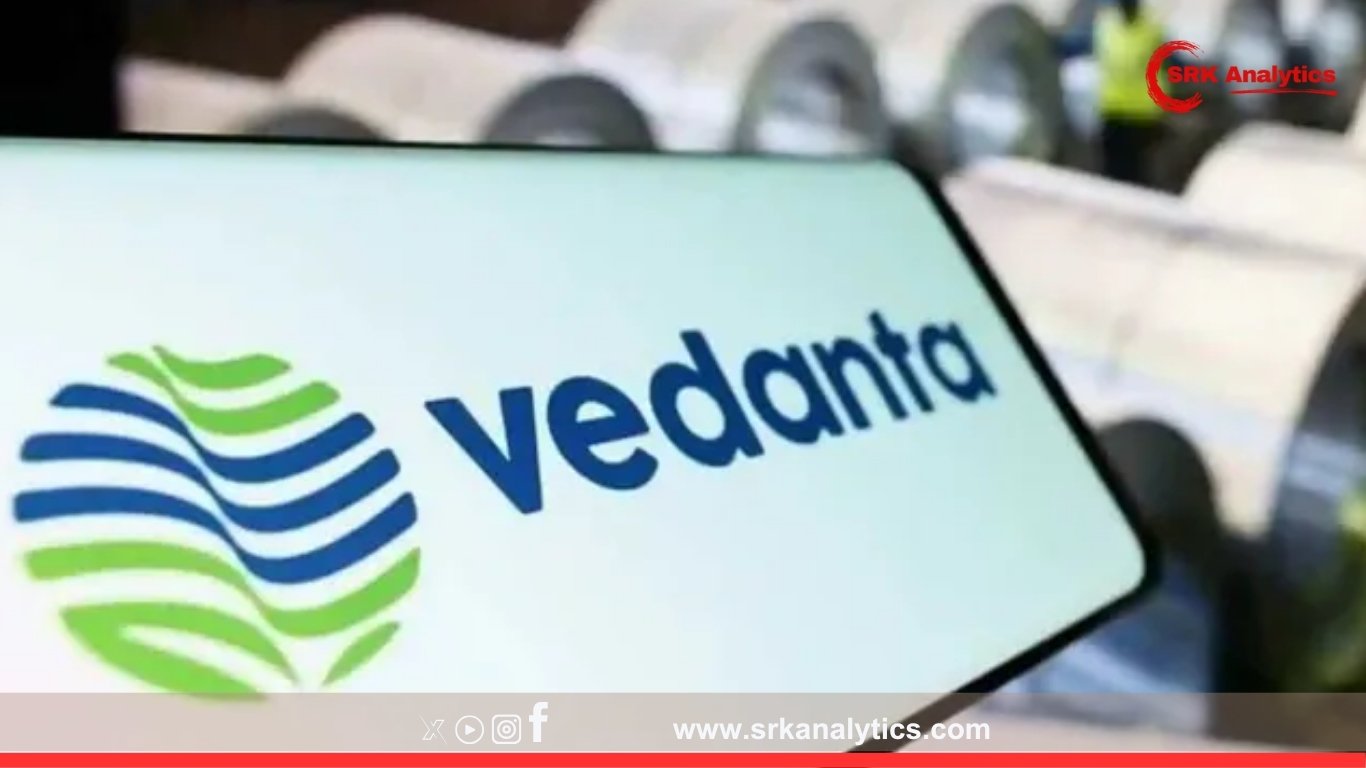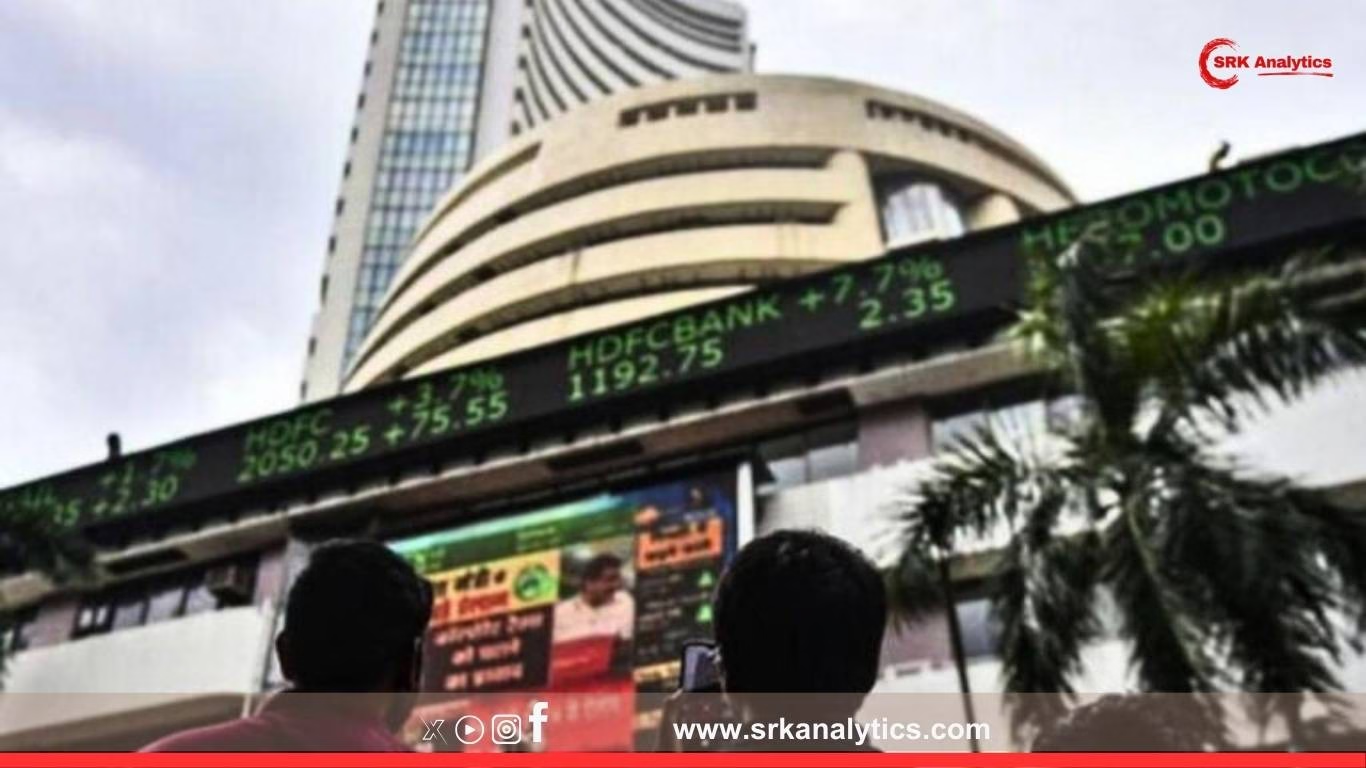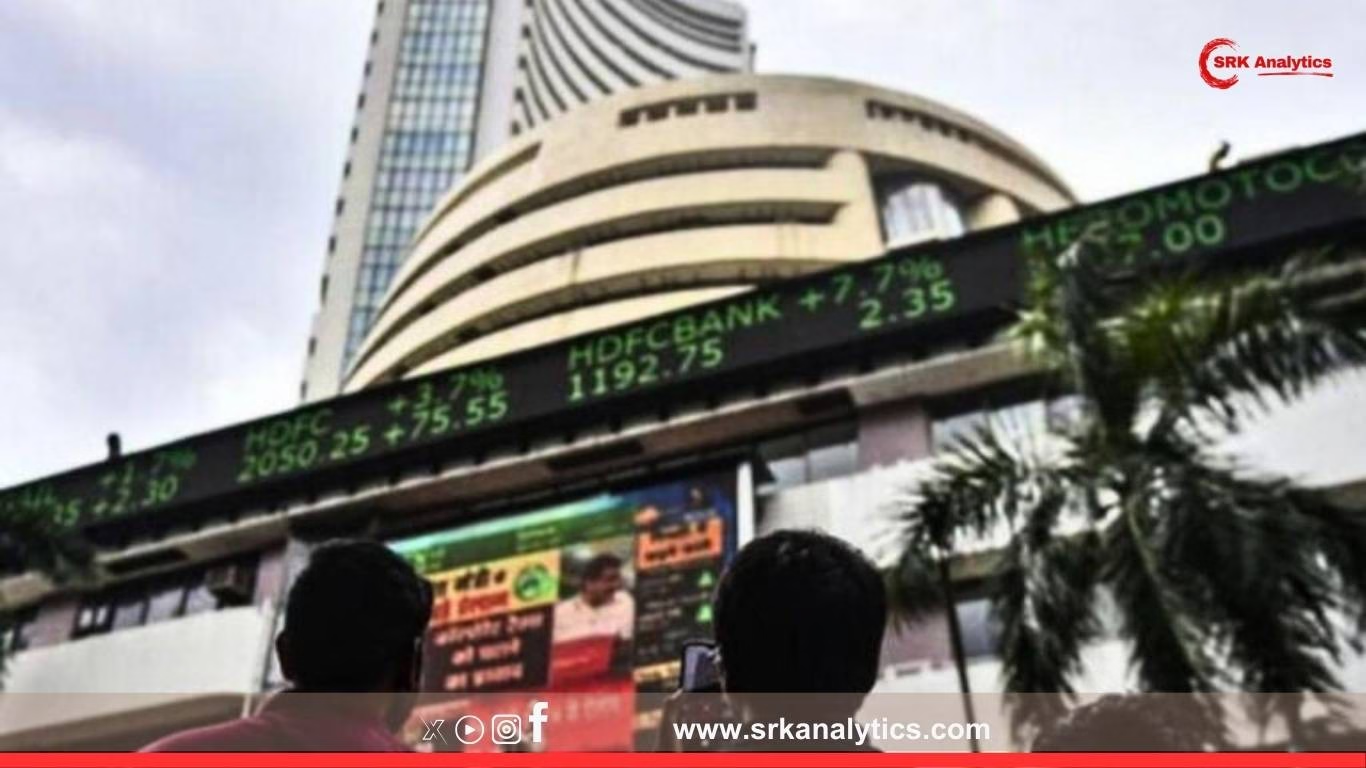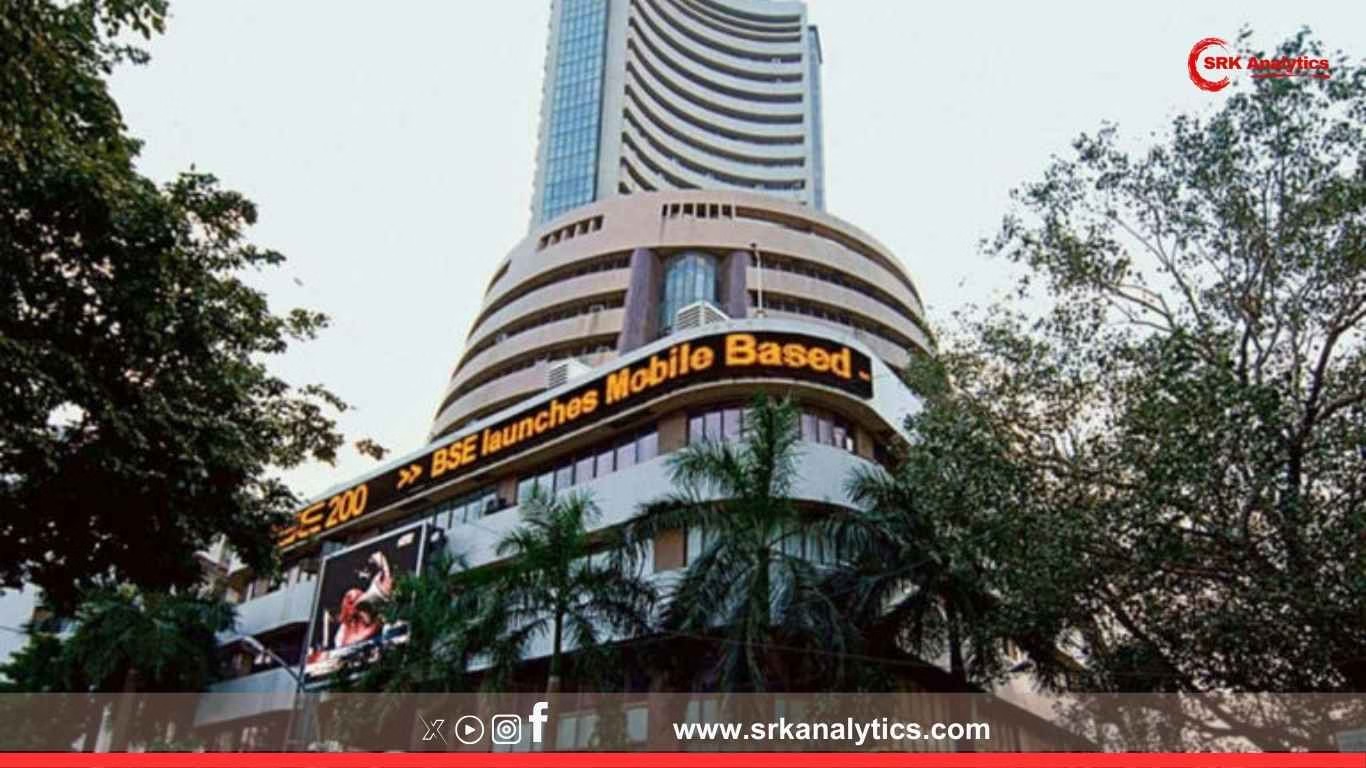Vedanta Limited, the diversified natural resources conglomerate, continues to remain a hot topic among Indian investors due to its attractive dividend yields juxtaposed against stagnant capital returns. While the company has consistently rewarded shareholders through hefty payouts, many are left wondering whether it remains a wealth creator or a classic dividend trap.
Vedanta: A Quick Snapshot
| Particulars | Details |
|---|---|
| Business Segments | Aluminium, Zinc, Oil & Gas, Iron Ore, Power, Copper (India & overseas) |
| Promoter Group | Vedanta Resources Ltd (Anil Agarwal-led) |
| Market Cap (July 2025) | ₹1.05 lakh crore |
| 52-week range | ₹215 – ₹330 |
| Latest Close Price | ₹260 |
| Dividend Yield (FY25) | ~17% |
| Debt Levels | Elevated net debt over ₹60,000 crore at consolidated level |
The Dividend King Tag
Vedanta’s reputation as a ‘dividend king’ is well-earned:
- Declared total dividends worth ₹30 per share in FY25, continuing its multi-year high dividend policy.
- In the past five financial years, it has cumulatively distributed over ₹1.5 lakh crore to shareholders.
- Its dividend payout ratio often exceeds 80-90% of net profits, driven by the cash flow requirements of its UK parent, Vedanta Resources, for debt servicing.
Why Are Returns Still Poor?
Despite generous dividends, Vedanta’s stock returns have underperformed:
| 5-Year CAGR Return | ~3.5% |
|---|---|
| Sensex 5-Year CAGR Return | ~13.8% |
This underperformance is attributed to:
- High Promoter Debt Overhang: Frequent concerns over Vedanta Resources’ debt refinancing needs leading to unpredictable cash flow allocation.
- Volatile Commodity Cycles: Earnings heavily dependent on aluminium, zinc, oil prices, which have been under pressure globally.
- Corporate Governance Concerns: Past delisting attempts, aggressive dividend payouts despite high debt, and restructuring plans create uncertainty.
- Debt-Funded Expansions: Continued capex plans in oil exploration and aluminium capacity expansion put stress on balance sheet leverage.
Recent Developments Impacting Investor Sentiment
- Demerger Plans: Vedanta has announced plans to split its businesses into multiple listed verticals for unlocking value. However, market response remains muted until further clarity on implementation timelines and debt allocation emerges.
- Global Commodity Trends: Aluminium and zinc prices have remained subdued amid China’s construction slowdown and weak global demand forecasts.
- Debt Refinancing Progress: Vedanta Resources recently refinanced a portion of its upcoming maturities through bonds and asset monetisation, temporarily easing default concerns but highlighting long-term sustainability risks.
Analyst View: Time To Buy Or Exit?
| Brokerage | View | Target Price |
|---|---|---|
| Motilal Oswal | Neutral | ₹275 |
| Kotak Institutional Equities | Reduce | ₹240 |
| JM Financial | Hold for dividend income | ₹280 |
| ICICI Securities | Sell | ₹230 |
Most brokerages remain cautious due to lack of earnings growth visibility and persistent debt overhang, though they acknowledge its attractive dividend yield as a defensive income strategy.
Investors’ Dilemma: Dividend Vs Growth
- For Income Investors: The high dividend yield offers bank-beating passive income despite weak capital appreciation.
- For Growth Investors: Limited earnings growth and structural issues with promoter debt management make it an unattractive wealth creation story in its current form.
- For Strategic Investors: Vedanta’s demerger plan may unlock hidden value if implemented efficiently, but governance concerns remain a material risk.
Comparative Peer Analysis
| Company | Market Cap | 5-Year CAGR Return | FY25 Dividend Yield | Debt-to-Equity Ratio |
|---|---|---|---|---|
| Vedanta | ₹1.05 lakh crore | ~3.5% | ~17% | 1.2 |
| Hindalco | ₹1.25 lakh crore | ~14% | ~1.5% | 0.7 |
| Hindustan Zinc | ₹1.4 lakh crore | ~11% | ~6% | 0.3 |
| ONGC | ₹2.4 lakh crore | ~8% | ~5.5% | 0.2 |
Vedanta clearly stands out for dividend yield but lags significantly in capital returns and leverage comfort.
The Demerger Gamble: Will It Unlock Value?
The proposed demerger into separate listed companies – aluminium, oil & gas, power, steel, base metals – is intended to:
- Attract specialised investors focused on each vertical.
- Improve operational focus and capital allocation discipline.
- Potentially raise equity or strategic investments at vertical levels to reduce consolidated debt.
However, market participants remain skeptical until Vedanta clarifies:
- Debt allocation to individual verticals.
- Timeline for implementation and approvals.
- Impact on promoter cash flows to service Vedanta Resources’ debt.
Conclusion: Time To Buy Or Say Bye?
Pros of Buying:
- Very high dividend yield ensures steady income.
- Possible value unlocking through demerger.
- Strong underlying asset base in critical commodities.
Cons of Buying:
- Elevated promoter debt remains an existential risk.
- No consistent earnings growth story.
- Corporate governance trust deficit.
Final Investor Takeaway
If your investment strategy focuses on high passive income with acceptance of capital volatility and governance risks, Vedanta may continue to remain a dividend income pick in your portfolio. However, for growth-focused or risk-averse investors, multiple blue-chip alternatives offer superior long-term returns with stable management track records.
Until clarity emerges on its demerger plans, promoter debt management, and commodity cycle upturn, market experts advise adopting a cautious ‘hold with strict stop-loss’ approach rather than aggressive buying. The dilemma continues – whether to treat Vedanta as a cash cow or exit in search of greener pastures remains an investor’s personal choice aligned to their risk tolerance and portfolio strategy.
Disclaimer: This content is purely for informational and analytical purposes. It does not constitute financial advice. Readers are advised to consult their SEBI-registered advisors before making any investment decisions.











